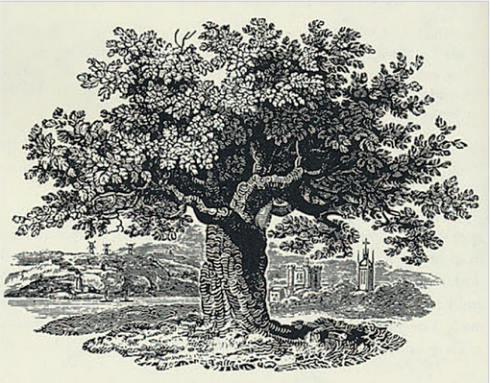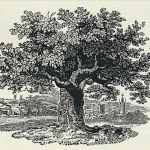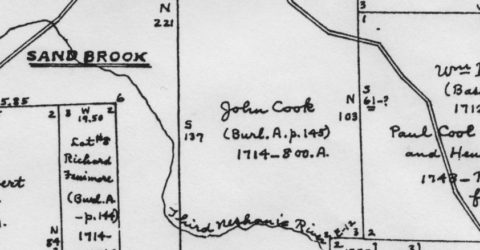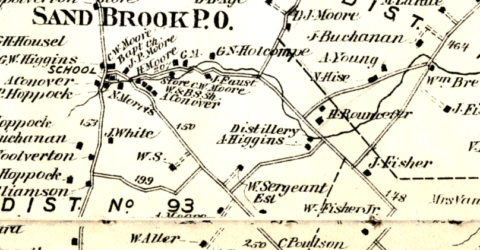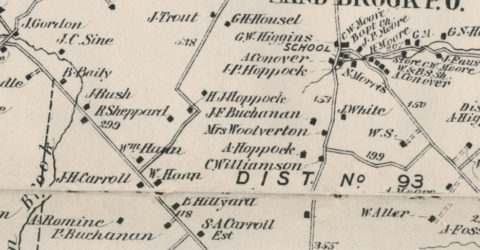An interesting view of 19th century rural cooking from the perspective of one who grew up on it, and was able to compare it to the food available in the 1930s, when food processing had begun to be modernized. Commercial food production was just coming into its own back then. If Mr. Bush could take a stroll down the aisles of today’s supermarkets, he would be astonished, and probably dismayed. In many ways things have gotten worse.
But they have also gotten better, especially in Hunterdon County. We have access to wonderful locally grown produce and natural ingredients, especially in our many local farmers’ markets. And today there are many creative cooks who have figured out how to make better use of some of these ancient cooking techniques, as well as new ones.


